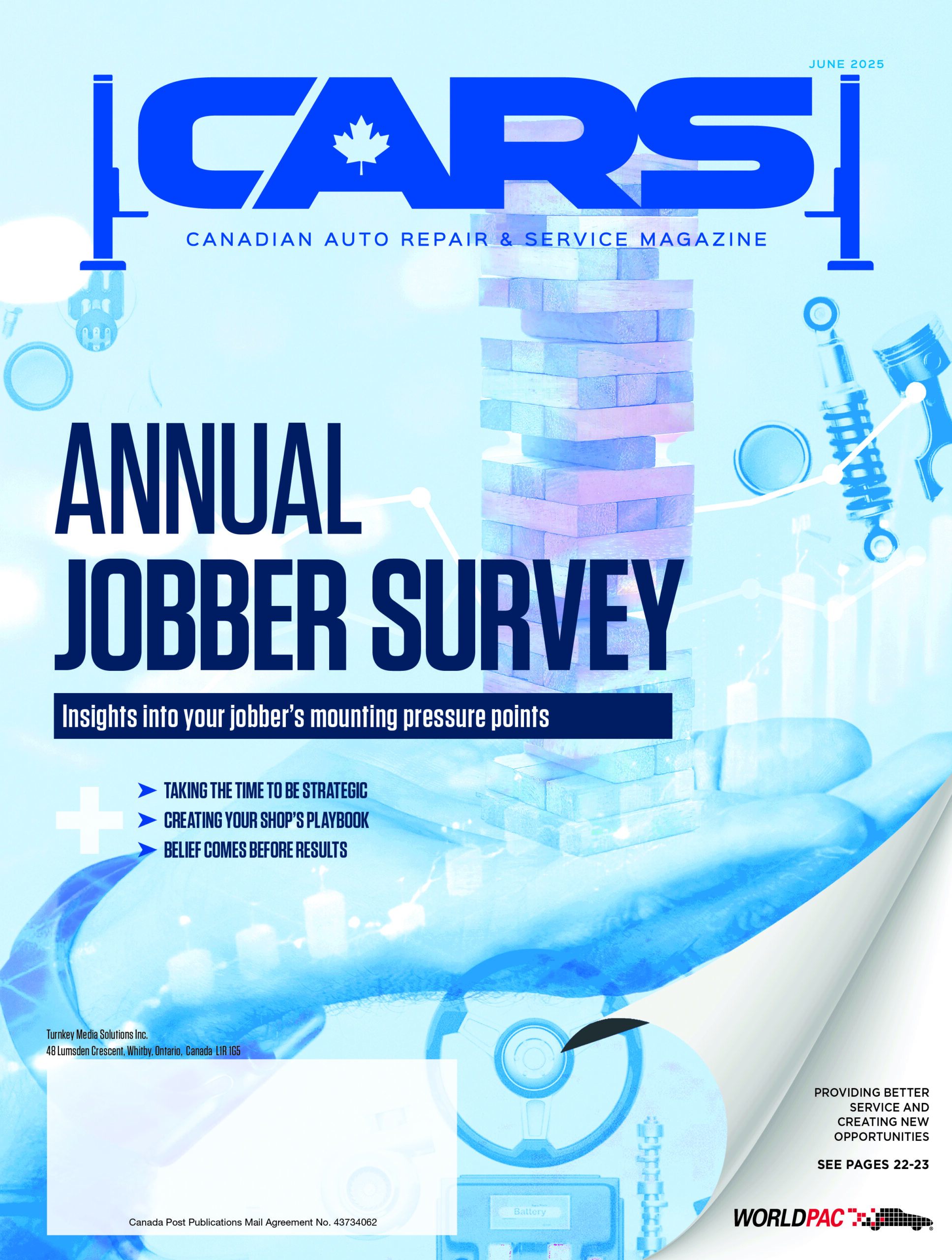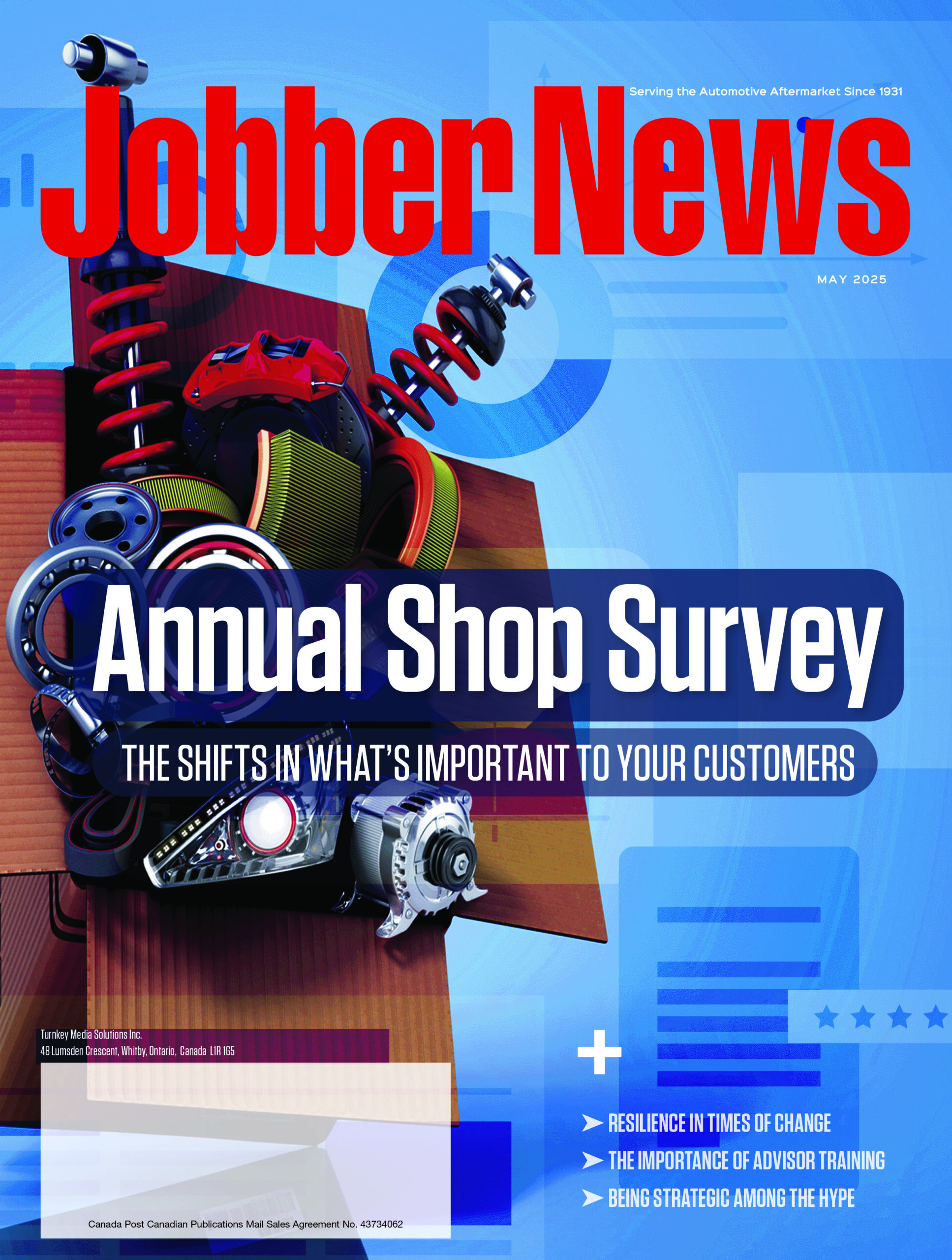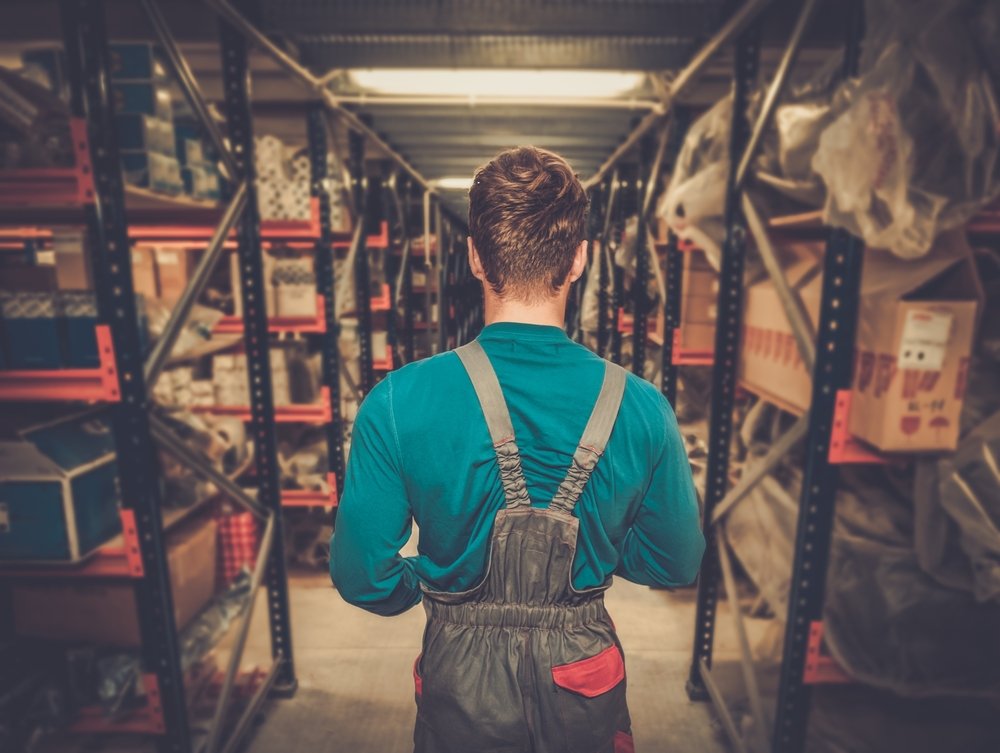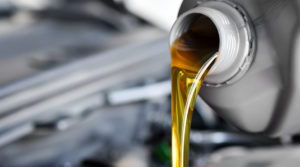
Readers of CARS are probably familiar with the EyeSpy spotlight. While we get a chuckle out of those moments when an animal has made a home in the air filter cabin or stored their food there for safekeeping, these incidents can cause serious damage to the vehicle.
But what if this was happening while the vehicle was in your business? Wildlife entering auto shops can cause numerous problems, from property damage to potential harm to animals. This is a growing concern for many shop owners who want to protect their businesses while ensuring wildlife safety.
There are many ways in which wildlife can enter auto shops. But there are also practical ways to prevent it. Seasoned shop owner or new to it all, consider the following necessary steps to safeguard your business while taking care of the wildlife in your area.
Why pests enter your shop
Understanding wildlife’s motivations in entering auto shops can help you with prevention tactics and future recurrences.
As an owner, you may think the risk of pests entering your shop is fairly low, especially compared to restaurants or other food service establishments which are more commonly known to have pest issues. Though you may cater more to car drivers than dinner eaters, your establishment can still represent a food source for wildlife.
Common wildlife food source attractions in an auto shop include open trash cans, spilled oil and grease on the ground or dropped food from lunch breaks. Wildlife also enters your shop for shelter, warmth, or nesting purposes. They may even be curious about the interior of your building and wander in through your open doors.
Common pests to expect
Auto shops are generally inherently difficult to protect against pest wildlife because the large open garage doors provide easy access for many smaller animals. One of the most common pests that can be found in a shop is pigeons.
They’re commonly found in urban areas and around man-made structures. Like those found at gas and diesel stations, canopies are often prime locations for pigeons to roost and perch.
Pigeons nesting under canopies can become a serious inconvenience to shop owners and a health hazard. Their droppings contaminate the area with bacteria and fungi and can harbour several serious diseases, including salmonella and histoplasmosis. The longer the birds stay in the area, the more numerous they will become.
These birds can cause problems by leaving droppings on vehicles and equipment, which can be unsanitary and damage paint and other surfaces. In fact, due to the corrosive nature of the acids in their droppings, bird feces are particularly damaging to metal and painted surfaces, leaving stains etched into the surface, even after cleaning and disinfecting, damaging to the cars you’re working on. And no one wants to drop their car off to be serviced and return later to stains left by pigeons in your facility.
Pigeons can also create nests in attics and other parts of the shop, blocking vents and ducts and causing fire hazards.
Another common pest shops will come across is rats. These rodents are attracted to the warm and dark environment and the previously mentioned food and water sources in the shop. They can cause damage to equipment and wiring. Their droppings can also contaminate surfaces and products.
Tips for wildlife prevention
If you’re a shop owner or manager, getting ahead of the pest problem is important before it gets ahead of you. Preventing pests from entering your facility in the first place is more effective and efficient than trying to eliminate them after they have already established a presence. In addition, these preventative measures are often less intrusive and less harmful to the environment than standard control methods.
In general, you can take many preventive measures across your business to eliminate many of the pest risks at hand.
First, ensure you have a regular cleaning and maintenance schedule. Keep the trash in a closed-lid garbage can and take it out regularly. Ensure that your employees know the areas they are to keep clean, including the service area, front desk and even the business’ parking lot. Consider drawing up a detailed cleaning map with scheduled times to clean throughout the work week.
Regular maintenance is also huge in wildlife prevention. Take a walk around the interior and exterior of the shop and identify any cracks or gaps where pests could enter. Ensure these areas are sealed. Rats can squeeze through holes as small as 20 mm, so look carefully and maintain regularly.
As mentioned, to prevent rat infestations, it’s essential to keep the shop clean and free of food debris, seal any cracks and gaps that may allow entry, and implement standard pest control measures such as traps and baits.
Keep trees and bushes near the shop trimmed to eliminate potential nesting sites or entry points that you can’t see. Train employees to monitor the shop’s interior for signs of rat activity, such as gnaw marks, droppings and burrows. In general, ensure you keep the bay doors closed when you can, especially in the late summer and early fall, which is a high-traffic time for these pests.
The best way to prevent a pigeon problem is to eliminate pigeon perching and nesting activity. Denying pigeons the ability to perch and nest on the exterior of your shop can be accomplished in various ways. Options include exclusion netting; bird wiring; metal screens; electrified deterrent systems; gel repellents; visual deterrents such as lasers, reflectors or other light-emitting devices; and even sonic and subsonic repellents.
Remember that oftentimes the most straightforward and inexpensive solutions are the most effective. Simply eliminating access to their nesting locations will be a very effective way to prevent the pigeon problem in the future.
The only way to entirely prevent pest issues is to use multiple strategies in tandem with one another. Working with professionals is a highly effective way to do this, as the professionals know your unique business and can tailor their efforts to help prevent the specific pests you may deal with. Investing in pest prevention is a proactive approach that can save you time, money, and effort in the long run.
Apart from potential damage to your equipment and customer vehicles, pests can detract from your shop’s professional image and create a negative impression on customers. By implementing effective pest prevention measures, you can ensure a safe and hygienic working environment and maintain the integrity of your business.
Through the different techniques described above, your business will be able to keep cars on the road without worrying about wildlife getting in the way.
Brandon Thorsell is the district manager of Critter Control in Toronto
This article originally appeared in the March/April issue of CARS












Leave a Reply